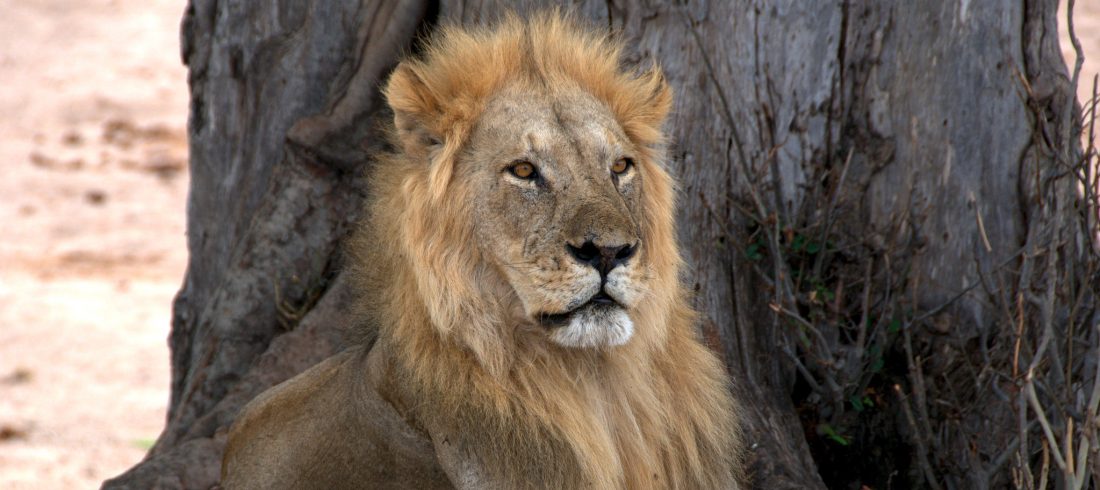
The game viewing starts the moment the plane touches down or when you enter the park in our safari vehicle. A giraffe races beside you, all legs and neck, yet oddly elegant in its awkwardness. A line of zebras parades across the runway in the giraffe’s wake.
In the distance, beneath a bulbous baobab tree, a few representatives of Ruaha’s 10,000 elephants – the largest population of any East African national park, form a protective huddle around their young.
When you visit Ruaha National park, you should consider the remote and adventurous Katavi National Park in addition to Mikumi and Udzungwa Mountains National Parks. If you include Selous Game Reserve, you can make it a good wildlife roundtrip!
Second only to Katavi in its untamed wilderness, but far more accessible, Ruaha protects a vast tract of the rugged, semi-arid bush country that characterises central Tanzania.
The Great Ruaha River (Wiki) is its lifeblood, which courses along the eastern boundary in a flooded torrent during the height of the rains, but dwindling thereafter to a scattering of precious pools surrounded by a blinding sweep of sand and rock.
During the dry season impala, waterbuck and other antelopes risk their life for a sip of life-sustaining water from the Great Ruaha River (Wiki). And the risk is considerable: not only from the prides of 20-plus lion that is “the lords” over the savannah, but also from the cheetahs that stalk the open grassland and the leopards that lurk in the riverside bushes.
This impressive array of large predators is boosted by both striped and spotted hyena, as well as several conspicuous packs of the highly endangered African wild dogs.
Ruaha’s unusually high diversity of antelope is due to their liking of the acacia savannah of East Africa and the miombo woodland belt. Grant’s gazelle and lesser kudu occur here at the very south of their range, alongside the miombo-associated sable and roan antelope, and one of East Africa’s largest populations of greater kudu, the park emblem, distinguished by the male’s magnificent corkscrew horns.
A similar duality is noted in the checklist of 450 birds: the likes of crested barbet, an attractive yellow-and-black bird whose persistent trilling is a characteristic sound of the southern bush, occur in Ruaha alongside central Tanzanian endemics such as the yellow-collared lovebird and ashy starling.
Location:
Central Tanzania, 128km (80 miles) west of Iringa.
How to get there:
Scheduled and/or charter flights from Dar es Salaam, Selous, Serengeti, Arusha, Iringa and Mbeya. All year around road access through Iringa from Dar es Salaam (about 10 hours) via Mikumi, or from Arusha via Dodoma.
What to do:
Day walks or hiking safaris through untouched bush. Stone age ruins at Isimila, near Iringa, 120 km (75 miles) away, one of Africa’s most important historical sites.
When to go:
For predators and large mammals, dry season (mid May to December); bird-watching, lush scenery and wildflowers, wet season (January to April). The male greater kudu is most visible in June, the breeding season.
Accommodation: